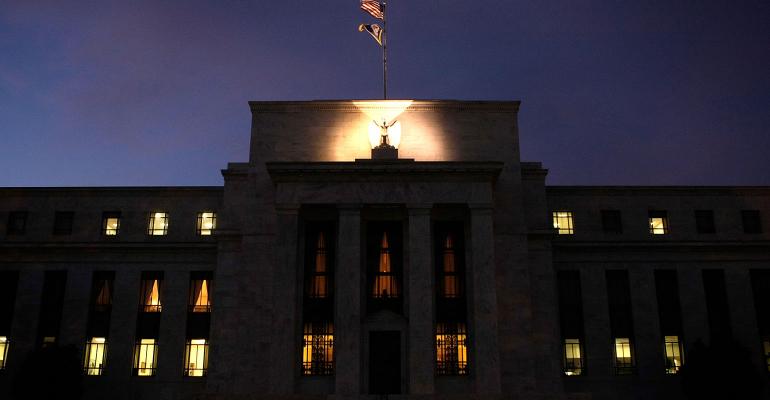Risk on, risk off. It’s not about domestic events at the moment but domestic events will return to the fore to, I suspect, keep longer yields in this tight range and the curve responding to Fed anticipation, the dollar and yield differentials in that order.
I put a lot of emphasis on the calendar where the number of “out of office” messages I get serves as a proxy for thin trading, relative illiquidity and I think not a lot getting accomplished in a strategic sense. I’m not dismissing the action in Turkey and Emerging Markets or the excitement over China’s trade delegation, but it is noise for now. I’m not coming away with a grand strategic direction.
The next couple of weeks are slim on the data front, so I see no reason there to get excitipated (a word I made up, but you should get the gist). I am impressed that, despite generally healthy data in the last few weeks, yields have come back into the late June to early July range. I suspect there’s covering more than active buying going on, especially given the short base evidenced in the Commitments of Trade data.
No one thinks the overseas stuff will impact the September Federal Open Market Committee, fully priced in, so maybe there’s some near-term urge to book those profits on flatteners simply because there’s nothing left to do in the very near term. For 10-year Treasurys, I think the old channel bottom at 2.80 percent will be a strong resistance area with support near the 21-day moving average at 2.94 percent. I’ll give the curve a very few basis points of corrective steepening—29/30 bps on 2s/10s, something like that.
Three things crop up on my radar. One is the Fed’s Jackson Hole Conference, which I won’t attend this year (blackballed again). The topic is “Changing Market Structure and Implications for Monetary Policy.” If experience is of any value, these tend to offer more hope for market-moving insights than delivery. I’ve heard that this will be more about the global economic structure than financial market structure, but that’s probably speculation.
Still, if it’s about the market structure, let’s consider what they’d discuss. Certainly, it would include the Fed’s Balance Sheet and perhaps some detail on how large it might have to be in the future to deal with the larger deficits and system needs. I wouldn’t speculate that this will get people excited over an early suspension of the current balance sheet reduction, but it’s out there so to speak.
Further, the use of the balance sheet as a tool seems a reasonable topic to talk about: did it work as expected, what are implications for its unwind; to do the limits of fiscal stimulus means the balance sheet will have to be employed aggressively in the next downturn; and how do all those Treasurys coming to market change the supply/demand implications of the broader market? Of course, NONE of this may come up, but whether at Jackson Hole or some later date, most definitely will be on the market’s—and Fed’s—agendas.
Second is growth versus value stocks, where the latter is getting more attention after it’s underperformance in recent years. It may be a short-term summer thing, but it’s gotten some press and I ponder if it’s the start of something more or simply a reflection of the last few weeks of some risk aversion.
Third is Italy. Italy’s 2-year has gone up 80 bps or so in the last few weeks, to 1.34 percent. Part of that is about Turkey, but a good portion, larger perhaps, is about Italy’s banking and budget woes. I mention this because others are following it with vastly more insight than I have.
David Ader is Chief Macro Strategist for Informa Financial Intelligence.




